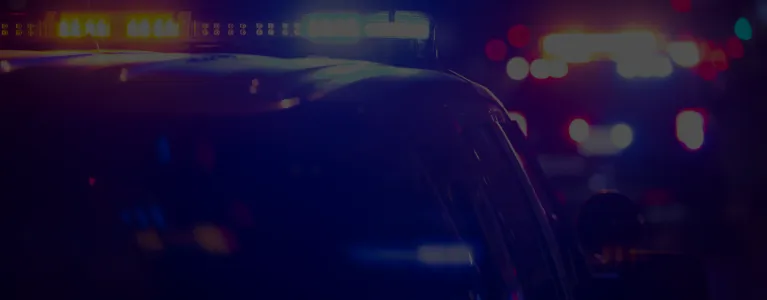
Over half of the 180 facial recognition deployments in London last year took place in areas with a higher proportion of Black residents than the city’s average.
These areas include:
- Thornton Heath, Croydon (40.1% Black population)
- Northumberland Park, Haringey (36% Black population)
- Deptford High Street, Lewisham (34% Black population)
This highlights a troubling trend of disproportionate surveillance in communities already facing systemic inequalities and over-policing.
In Croydon, an area of London with one of the highest proportion Black people, 128,518 faces were scanned for just 133 arrests. This means that over 120,000 people in Croydon were tracked by the police for no reason at all.
Across London since 2020, nearly two-million people had their faces scanned, likely without even realising it, yet only 804 arrests were made – an arrest rate of just 0.04%.
Between 2020 and 2024, there were 212 deployments of facial recognition technology, with 180 – nearly 85% – occurring in 2024 alone, showing that the Met has significantly accelerated its deployment of facial recognition technology over the past year.
This raises significant concerns about over-surveillance, with hundreds of thousands of people being treated as potential criminals without the Met having to justify the need.
This week the Met announced that they will permanently deploy live facial recognition cameras in Croydon, the first such permanent deployment in London.
This decision marks a dangerous step toward normalising invasive surveillance technology, which is all the more concerning given the ongoing uncertainty about the implementation, regulation and transparency of facial recognition.
Reacting to these new figures, Green Party London Assembly Member Zoë Garbett, said:
“Facial recognition subjects everyone to constant surveillance, which goes against the democratic principle that you shouldn’t be monitored unless there’s a suspicion of wrongdoing.
“The Met’s decision to roll out facial recognition in areas of London with higher Black populations reinforces the troubling assumption that certain communities, such as those in Croydon, Lewisham and Haringey, are more likely to be criminals.
“How is it fair that you’re more likely to be surveilled simply because you do your shopping on Deptford High Street?
“While people recognise more overt forms of discriminatory over policing, such as stop and search practices, facial recognition technology presents a new threat. Black Londoners are disproportionately surveilled, highlighting a growing racial disparity that often goes unnoticed.
“The Met claims live facial recognition has been a success in London, but how is treating millions of Londoners as suspects be considered as a success? The arrest figures are low, and it’s really just subjecting us to surveillance without our knowledge, with Black Londoners being disproportionately targeted.”
Notes to editors
- Zoë Garbett AM is available for interview.
- A spreadsheet with the data can be found here.
- This data table is pulled together by City Hall Green researchers from publicly available data.
- 2024 Data:
- 180 deployments
- 92 deployments took place in areas with a higher proportion of Black residents than the city’s average.
- 891, 748 people have had their faces scanned
- 575 - arrests
- 695 – no action after matches
- Since 2020:
- 2020 – 4 deployments
- 2021 – 0 deployments
- 2022 – 5 deployments
- 2023 – 23 deployments
- 2024 – 180 deployments
- 1,982,946 People have had their faces scanned since 2020
- Post codes and ward codes are approximate and based on borough deployment data provided by the Metropolitan Police Service (MPS).
- Zoë Garbett has asked for more precise location data to be shared, but this has not happened.